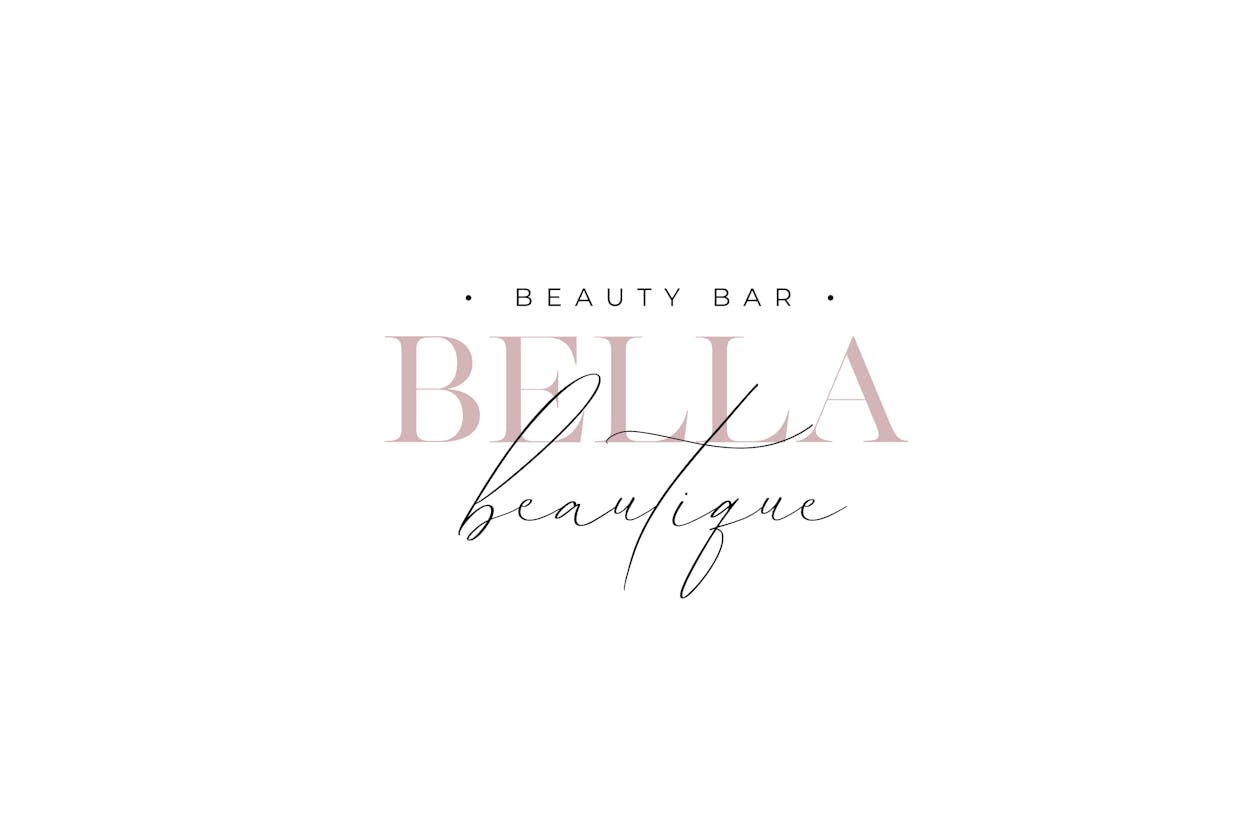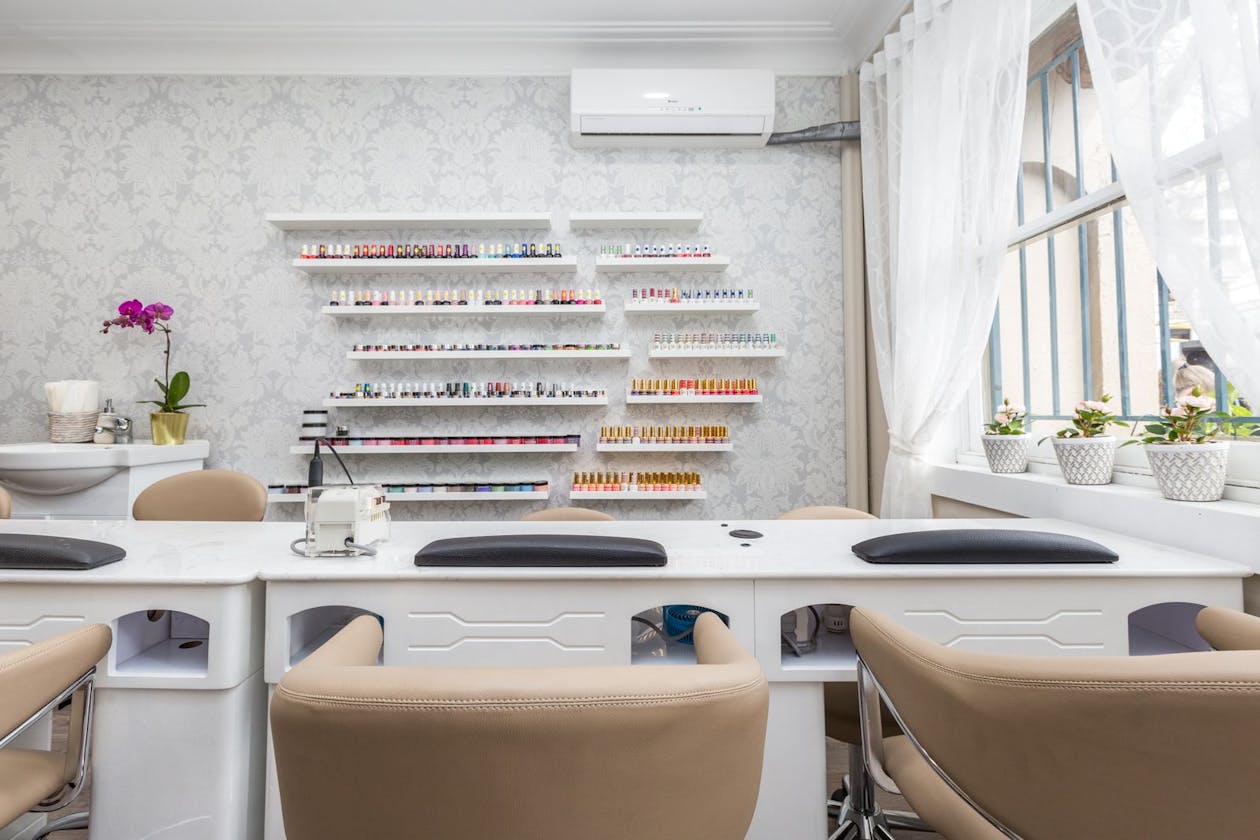
Shellac Book your shellac appointment online and save
Top 20 Shellac Nail SalonsFor more salons, check out Fresha’s list of Nail Salons.
 99 Miller Street, Pyrmont 2009(104)Island Sea Nails is your go-to for beauty treatments and nail care. From manicures, to pedicures, lash and brow tinting, eyelash extensions and waxing.
99 Miller Street, Pyrmont 2009(104)Island Sea Nails is your go-to for beauty treatments and nail care. From manicures, to pedicures, lash and brow tinting, eyelash extensions and waxing.
Hali Nails & Beauty
Shop 3 / 77 Prospect Road, Prospect 5082(233)Hali Nails & Beauty is a Prospect beauty salon specialising in luxury body and beauty treatments.
Delax Beauty
7/407 Blackburn Road, Mount Waverley 3149(74)For rejuvenating nail treatments, facials and other beauty services, look no further than the experts at Delax Beauty, on Blackburn Road in Mount Waverley.
Golden Nail Care- South Yarra
180 Burgundy Street, Heidelberg 3084(18)Golden Nails Care on Burgundy Street is your go-to destination for top-notch nail, lash, brow and waxing treatments in Heidelberg. Book online now.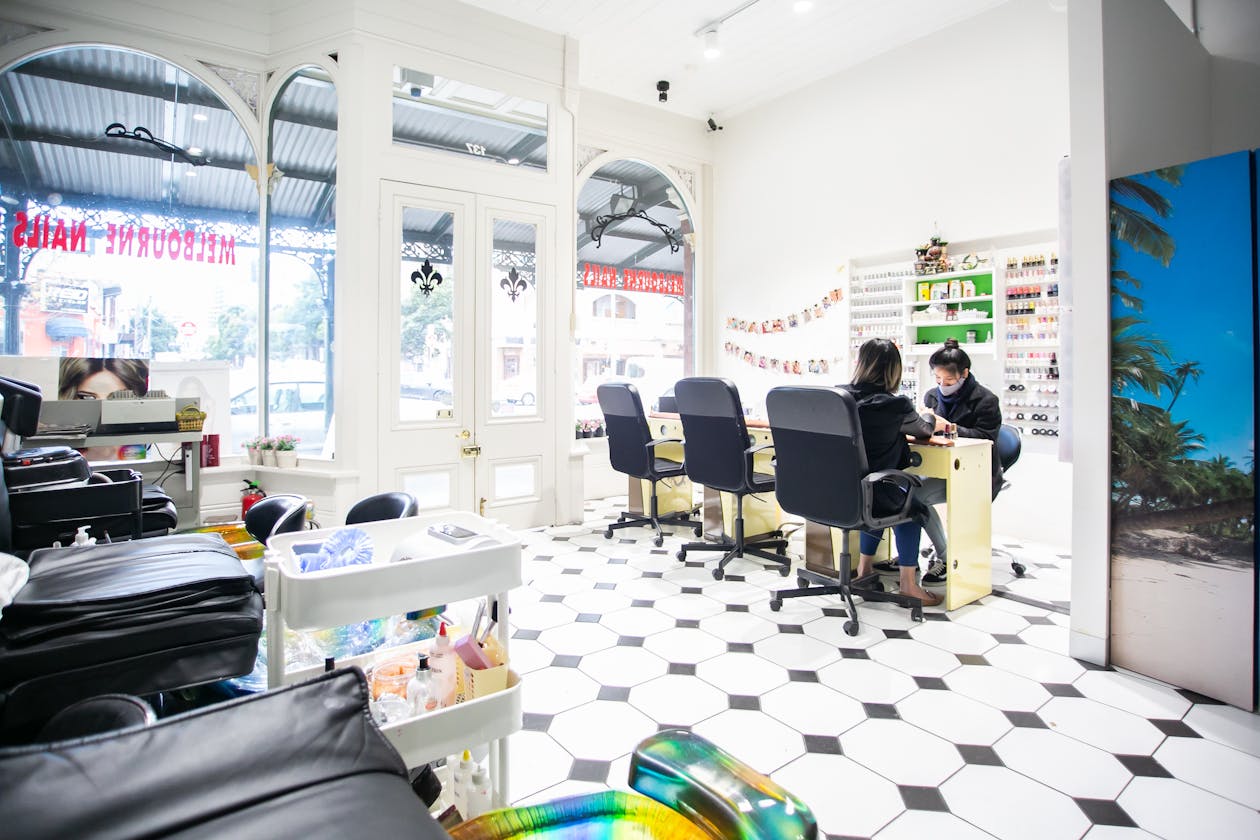
Melbourne Nails
137 Victoria Street, Melbourne CBD 3000(19)Melbourne Nails know nails. Whether you prefer acrylic or Shellac, SNS or a simple manicure, the team will shape, buff and polish your nails to perfect.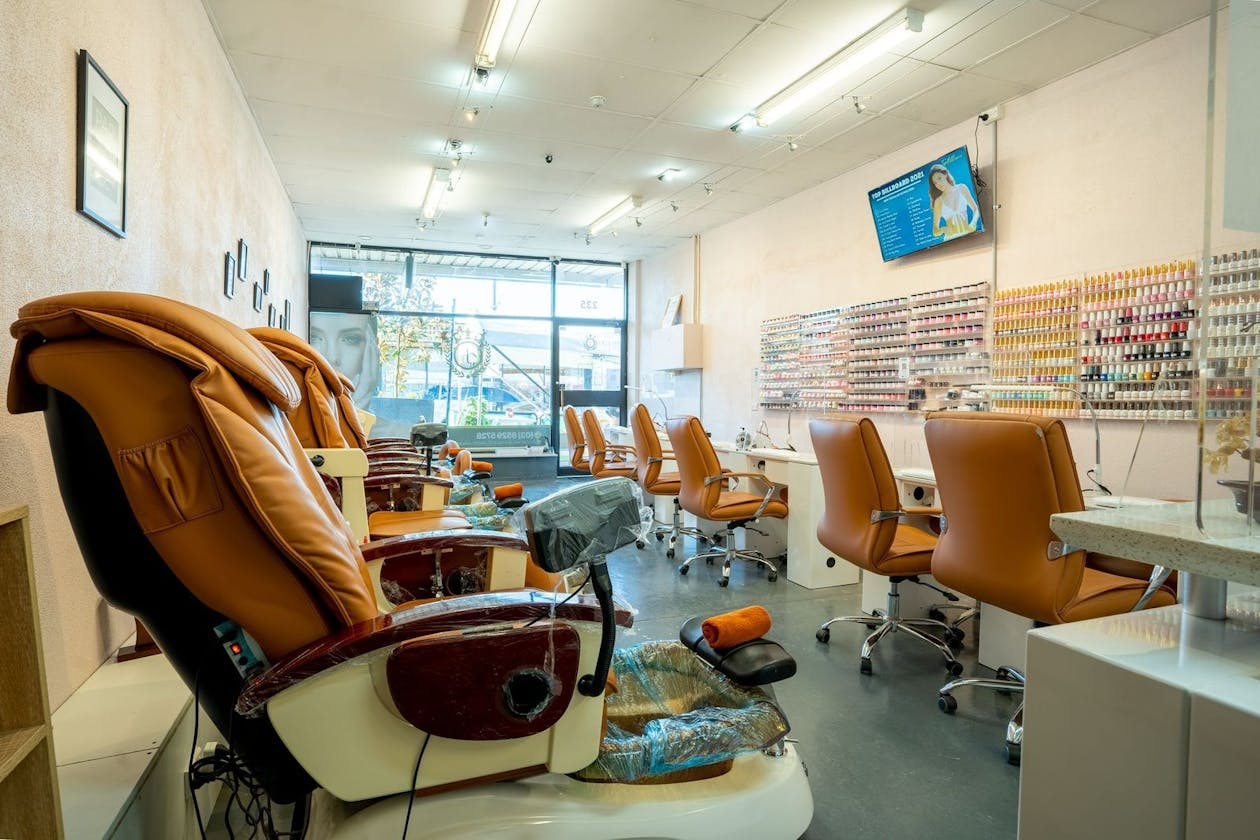
J'adore Nail Boutique
235 Upper Heidelberg Road, Ivanhoe 3079(19)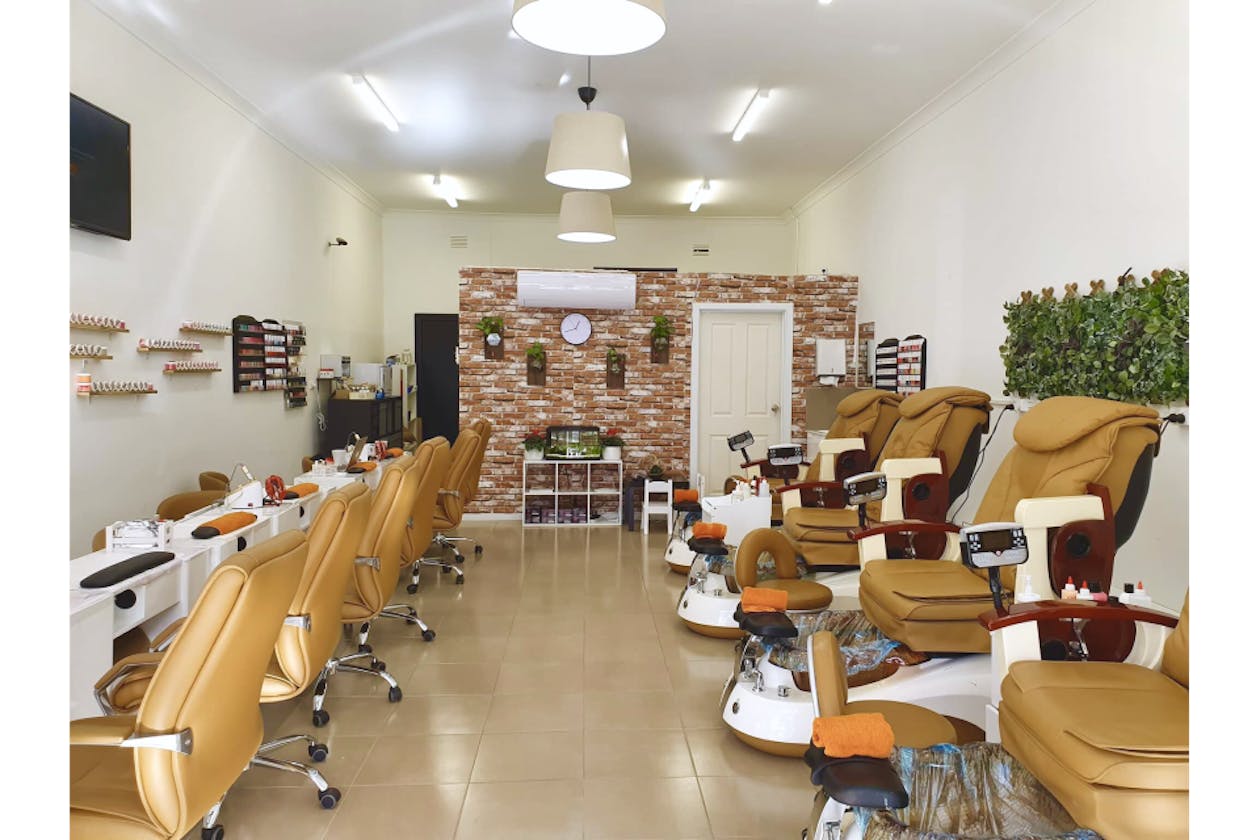
I Love Nails
52 Glen Eira Road, Ripponlea 3185(43)I Love Nails is a boutique nail salon located in Ripponlea offering locals premium manicures and pedicures in a professional salon environment.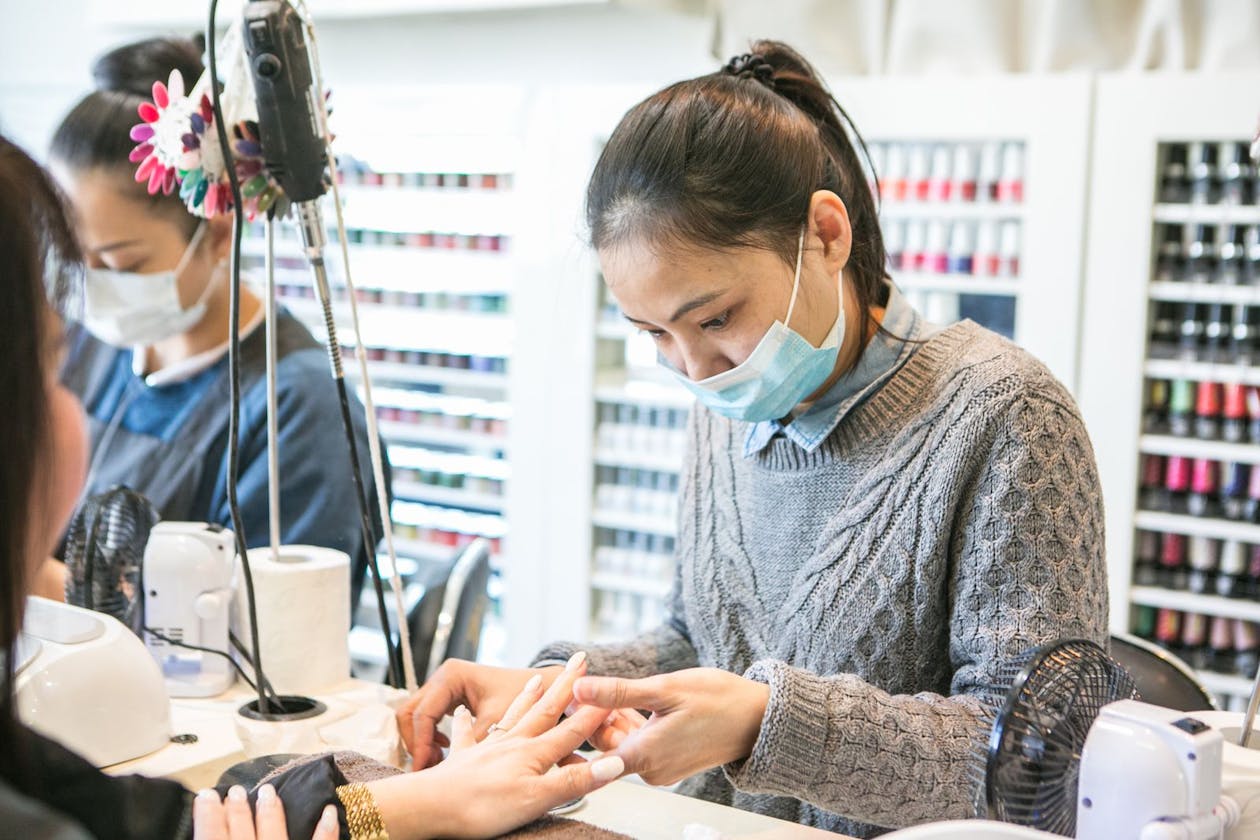
Modern Nails Brunswick
134 Sydney Road, Brunswick 3056(89)Feel amazing from top to toe with Modern Nails Brunswick. From acrylic colour, to Bio Sculpture gel, waxing and eyelash extensions, they're experts in beauty.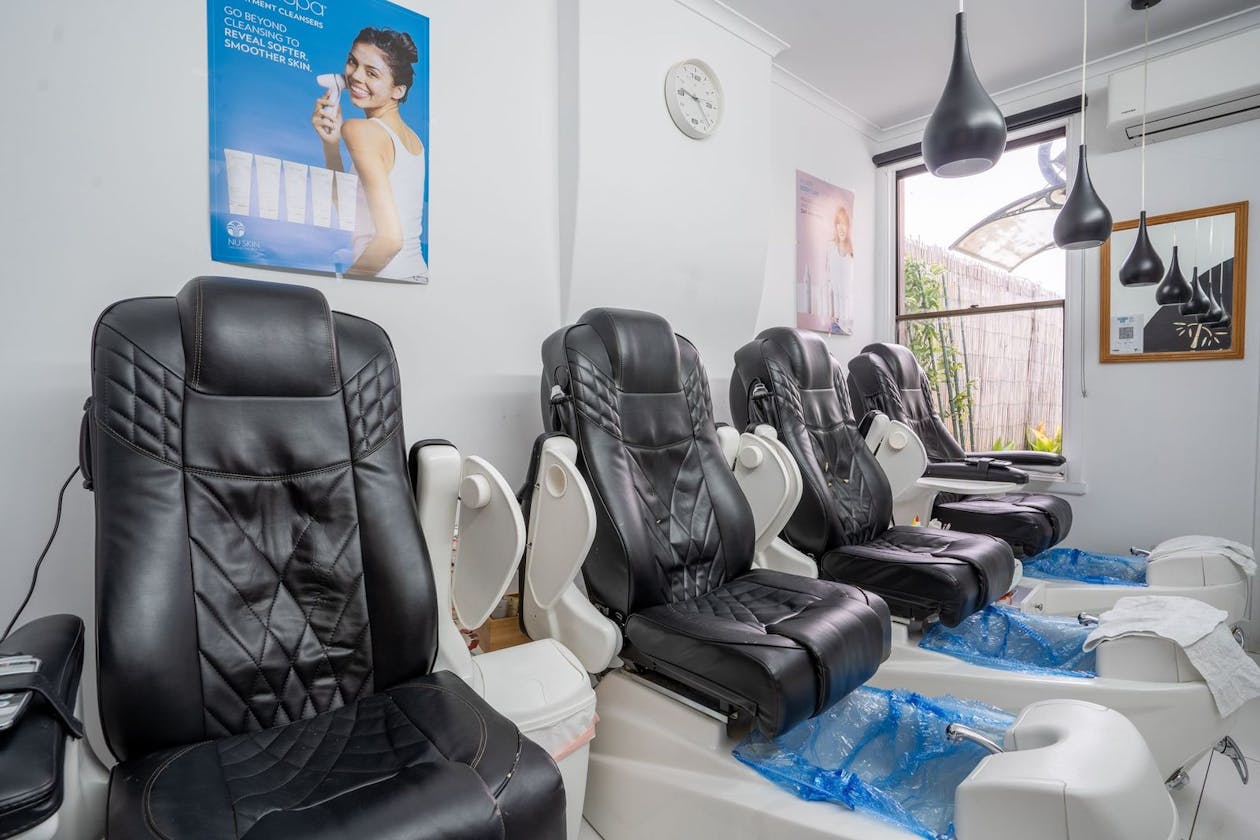
Nelson Nails
169 Nelson Place, Williamstown 3016(11)For quality nails that will have you looking and feeling amazing, look no further than the friendly pros at Nelson Nails on Nelson Place in Williamstown.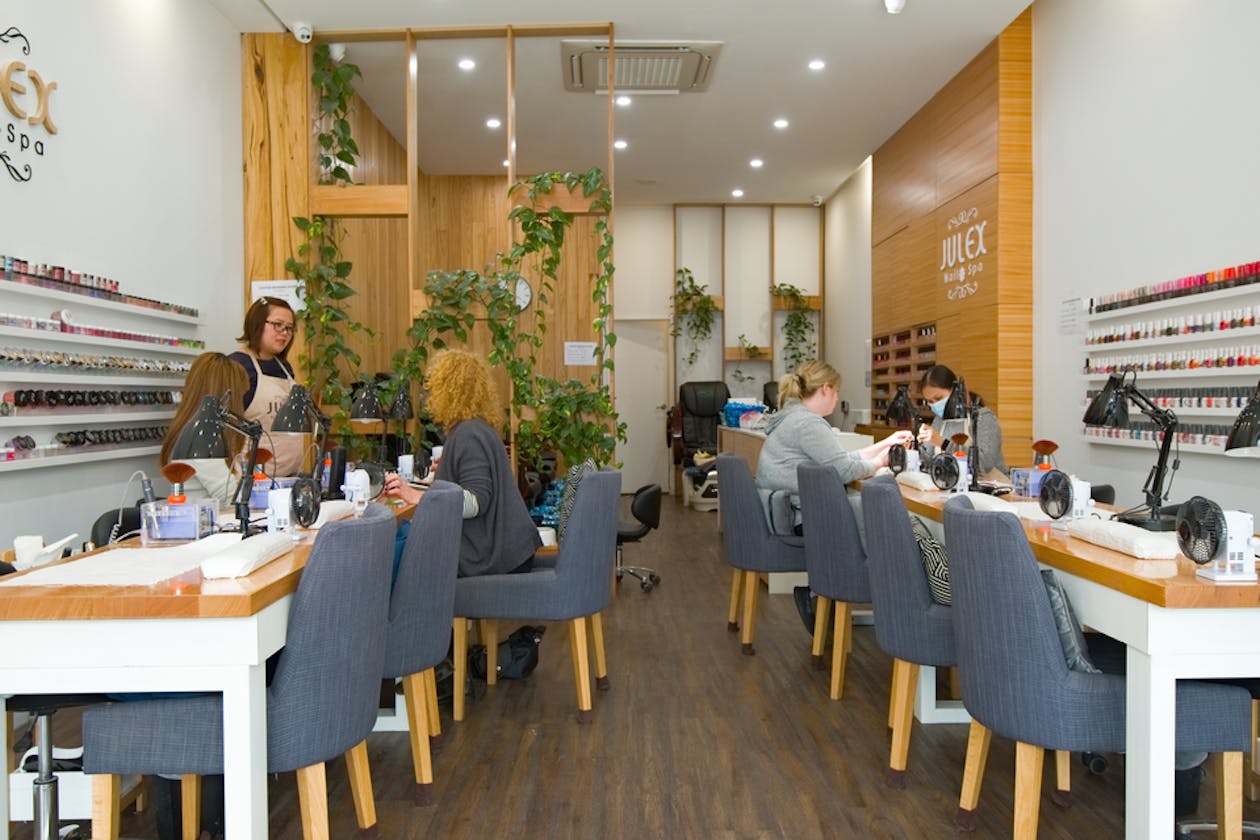
Julex Nail Spa - Prahran
514 Malvern Road, Prahran 3181(37)For the smartest nails in Prahran, book in for a mani or a pedi at Julex Nail Spa. Get perfect nails with polish, Shellac gel, acrylics or an SNS dip powder.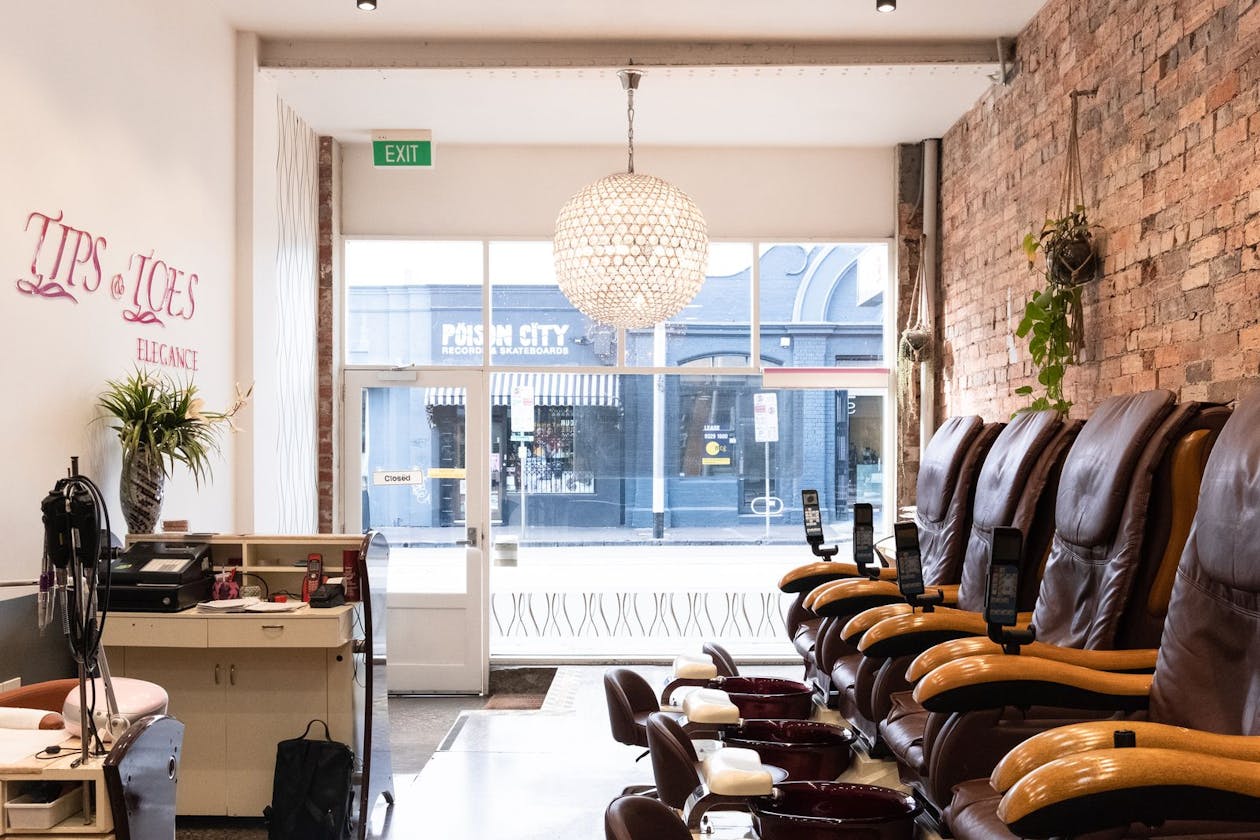
Tips & Toes - Fitzroy
399 Brunswick Street, Fitzroy 3065(112)Tips & Toes - Fitzroy, specialises in artificial, acrylic and gel nails. The professional team also delivers eyelash and brow treatments including lash extensions.
Diva Care
164 Bridge Road, Richmond 3121(13)Diva Care really knows their stuff when it comes to manicures and pedicures. Pop into the gorgeous salon for a spa treatment or wax, too.Bella Beautique
44 Murrindal Street, , Werribee 3030(10)For fantastic beauty treatments from an experienced professional using industry-leading products, visit Bella Beautique on Murrindal Street in Werribee.
Glamshell Beauty
63 Ferguson Street, Williamstown 3016(166)Glamshell Beauty, the place for all your beauty and spa needs including nails, brow and lash treatments, plus waxing. Or spoil yourself with a Spa Package.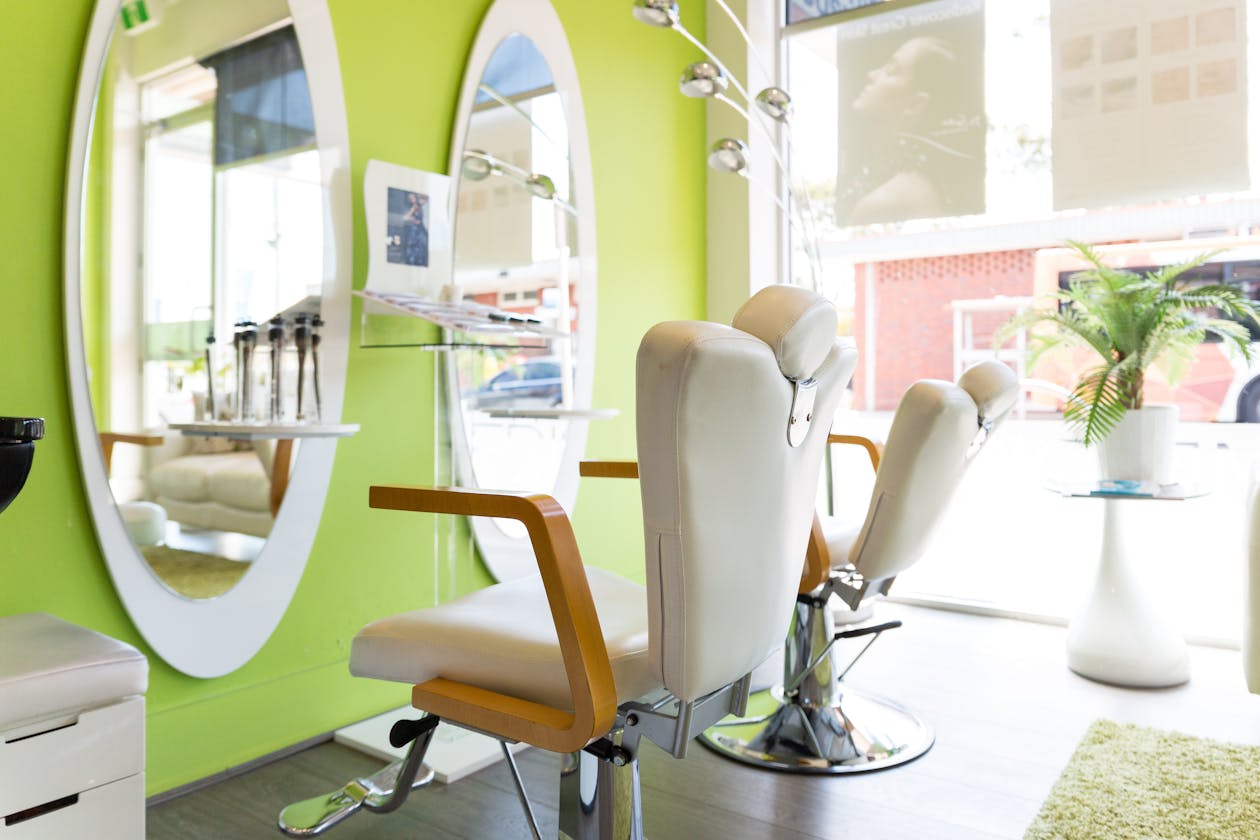
NV's Medispa
78 Railway Street, Altona 3018(85)NV's Medispa is a delight to visit. Offering facials, peels, body treatments, manicures and pedicures, waxing, massage, tanning and waxing for men and women.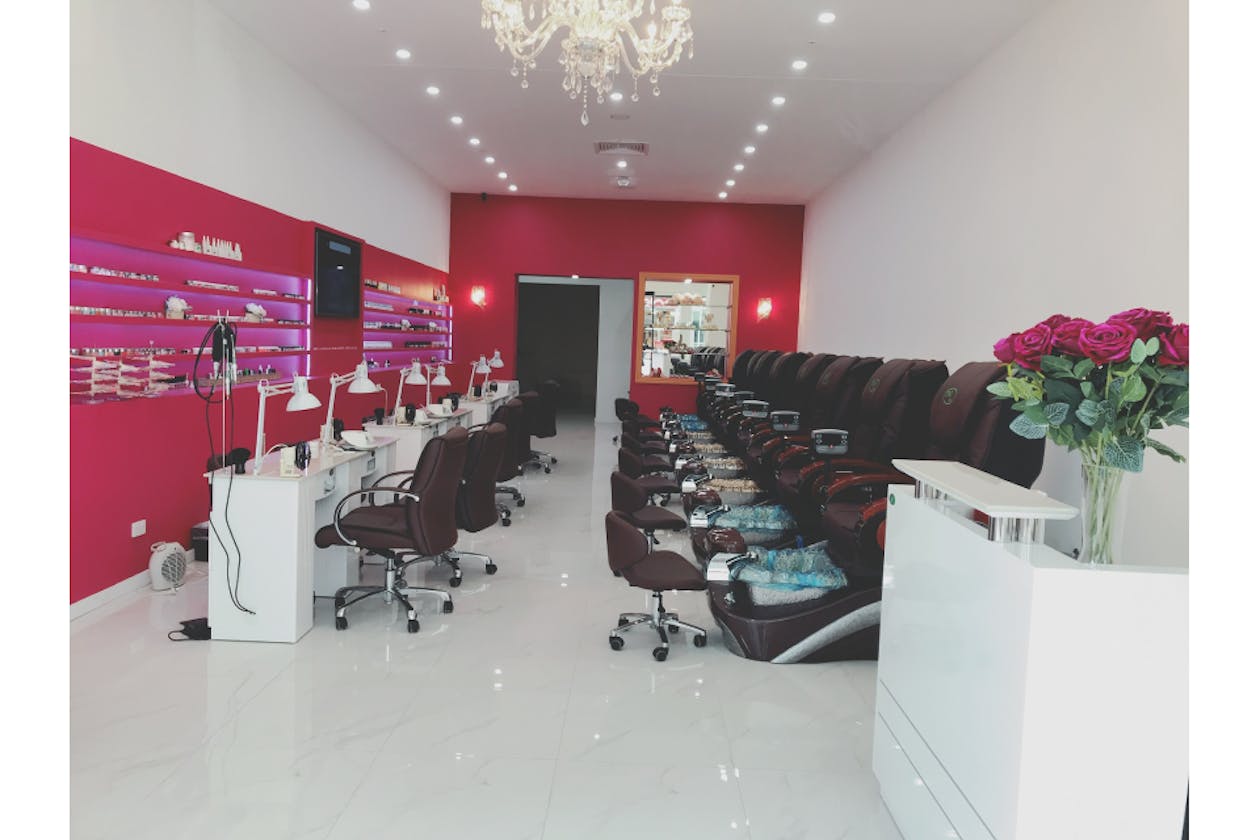
Sunny Rose Nails & Beauty
175 Smith Street, Fitzroy 3065(30)
Beauty On Main
Shop 6/15 Tedder Avenue , Main Beach 4217(14)Beauty on Main have incredible facials. Indulge in a relaxing, deep cleansing, or anti-ageing treatment. Then top it off with a body polish and manicure.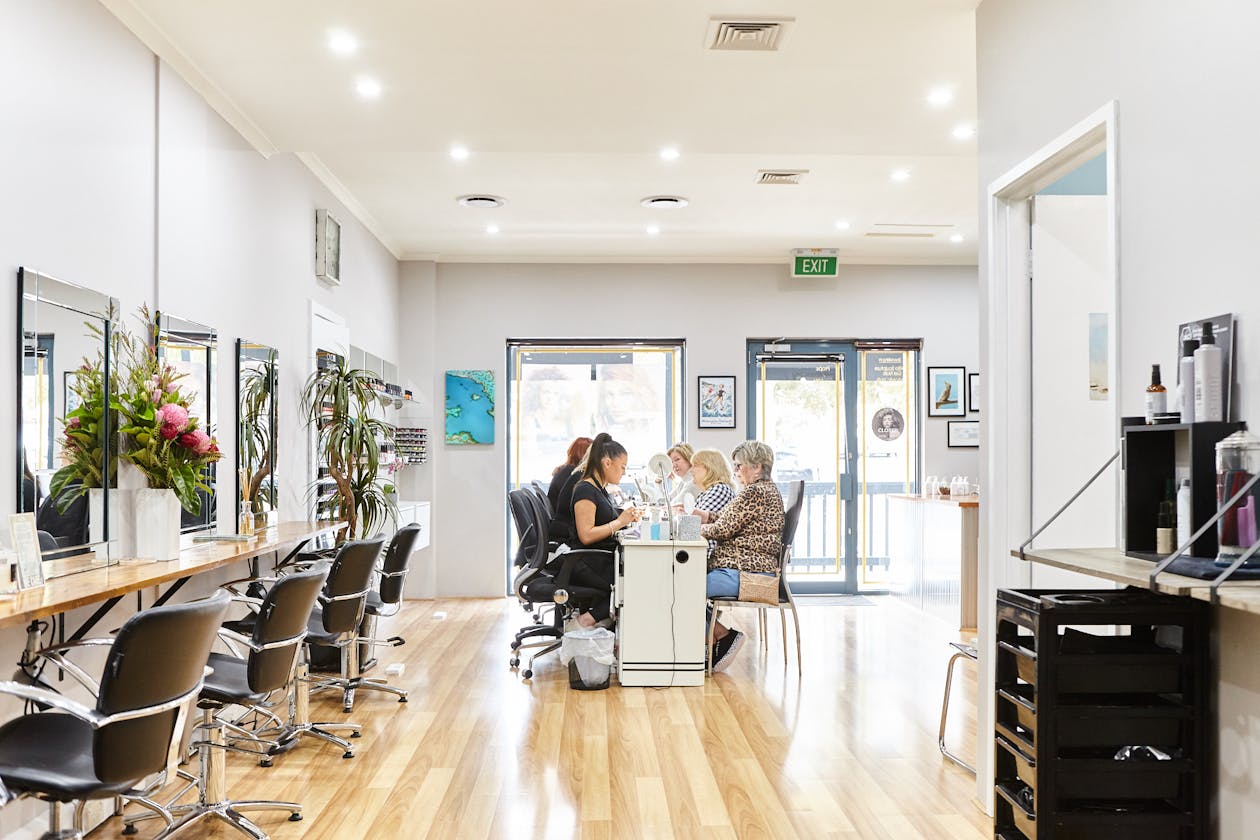
The Nail Hair and Beauty Room Mornington
Shop 6 / 211 Main Street, Mornington 3931(94)Overhaul your look with The Nail, Hair and Beauty Room. Choose from nail treatments, waxing, hair colouring, and more.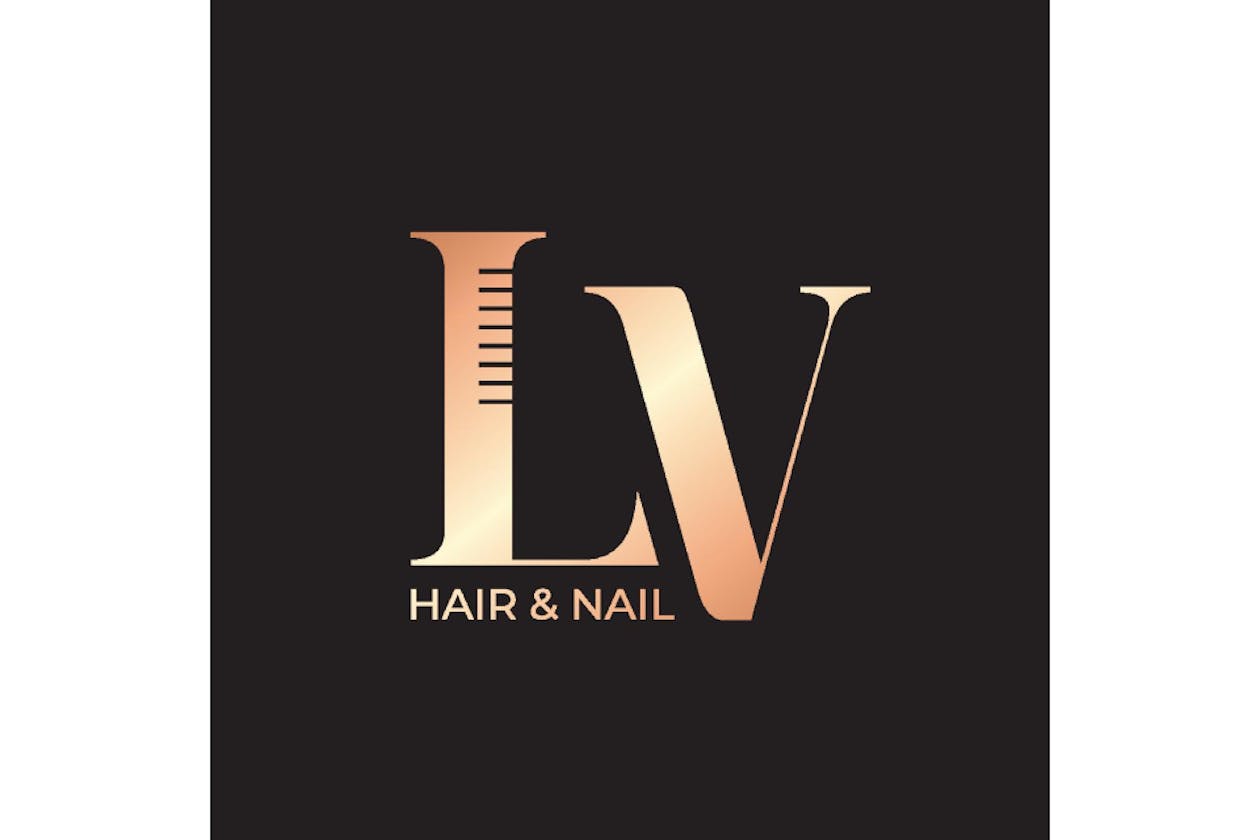
LV Hair & Nail
Shop 4, 534-542 Mount Dandenong Road (Inside Churinga Shopping Centre), Kilsyth 3137(46)Conveniently located inside Churinga Shopping Centre on Mount Dandenong Road, LV Hair & Nail can accommodate all your hair, nail and beauty needs.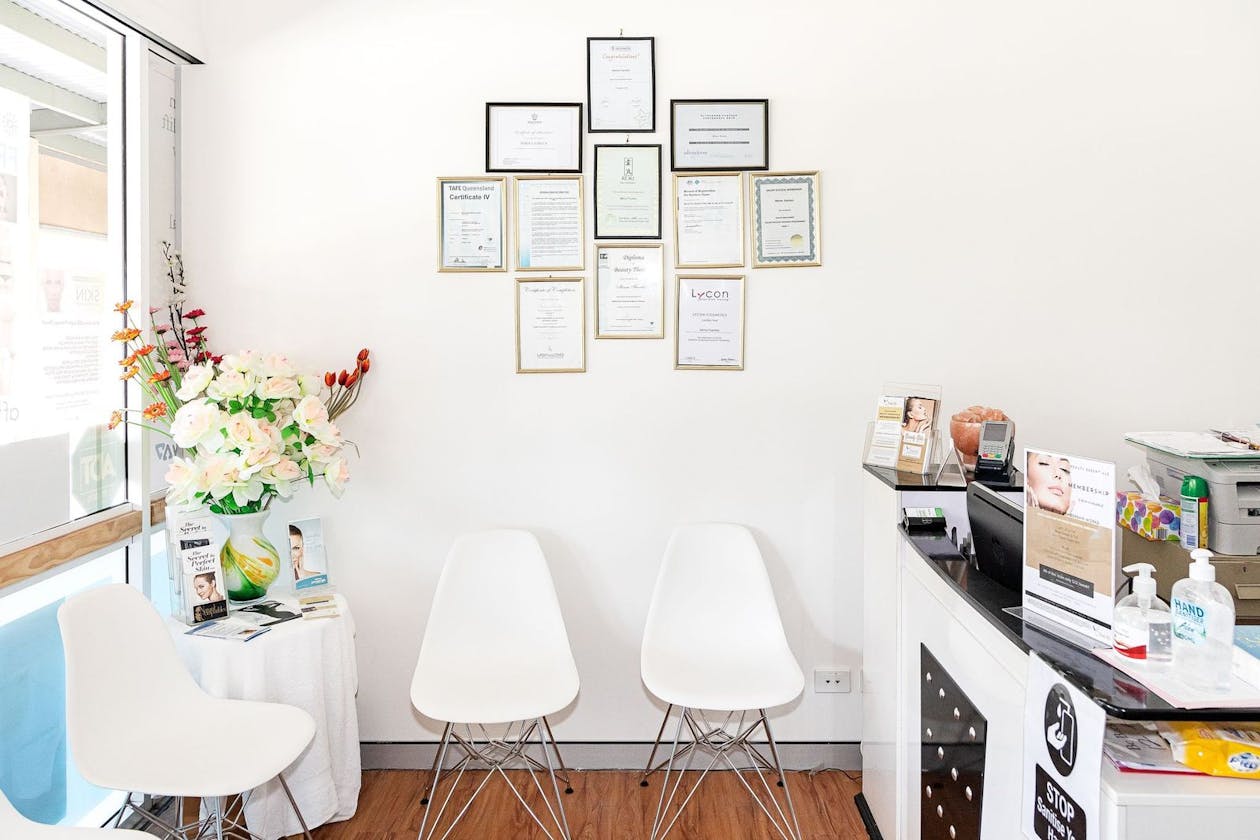
Beauty Blitz Skin & Body
Shop 8 / 76 Queens Road , Slacks Creek 4127(341)Beauty Blitz Skin & Body is a wonderful gem. Book in for an expert wax, heavenly facial, and eyelash extension, hot stone massage, or spa pedicure.
Shellac Nails
Do you get confused by all the different nail treatments available these days? There are gel nails, acrylic nails, SNS, Shellac, not to mention all the new techniques that are appearing. Well, we're here to lend a helping hand by explaining a little more about Shellac.
Firstly, Shellac is a brand, not a technique. Shellac was invented by US company Creative Nail Design - or CND - and is a cross between a nail polish and a gel. Gels are polymer resins that require UV light to harden.
Fast and Durable
Shellac manicures are extremely popular because they are quicker to apply than acrylic or gels and last longer. Shellac is also very durable, so it's hard to chip, and produces a really shiny finish.
A blend of polymers and monomers, Shellac revolutionised manicures when it was introduced in May 2010. That's right, it feels as if it's been around forever, but it hasn't been that long. A whole five years in the making, Shellac was described by CND as 'a modern solution to the nail polish inconveniences that frustrate women'.
Designed to 'give women their time back', it is a great way of keeping your nails looking amazing with minimal input. Remember, though, it is used for colour and finish - it doesn't extend or shape your natural nails.
No Smudge
Once your nails have been manicured, coats of Shellac are applied in just the same way you would apply nail polish. However, after each coat, your hands are placed under a UV light to cure or dry the gel.
Apart from the super shiny finish, this method ensures your nails are almost instantly dry, with no risk of smudging on the way home.
Whereas normal nail polish starts to dull or chip after just a few days, Shellac nails will still be looking great after 14 days. They would probably continue to look amazing for longer, if our nails didn't grow out. Whilst Shellac might start to peel after 14 days, it is really only natural nail growth that sees us returning to the salon for refills.
A Healthy Choice
As with all gel and acrylic nails, you shouldn't try removing them at home. Your nail technician will wrap your nails in acetone, to professionally remove the colour without damaging your skin.
Shellac is generally quicker to remove than acrylic, due to its molecular structure. It sets with tiny invisible holes in it, which allow the acetone to penetrate the layers, making it easier to remove. As little to no buffing is required, your nails will remain healthy.
Many people prefer gel to acrylics, believing it produces a glossier finish. Gel nails are great for those allergic to acrylic, and nails tend to feel more natural. In addition, gel nails don't produce any odour.
However, fans of acrylic nails will tell you gel is not as durable and, of course, you can't use it to add length.
Tough and Beautiful
Shellac is perfect for those who like the look of traditional nail polish, but don't want to be bothered with weekly salon appointments. Shellac will stand up well to everyday chores, like washing dishes and gardening.
For those concerned about the use of the UV light, rest assured: research has been done and the level of UV light is extremely low. If you are still worried, simply apply sunscreen to your hands beforehand, avoiding your nails.
CND Shellac offers more than 100 designer colours, so you'll never run out of inspiration. You can even produce your own unique finishes using glitter or nail art.
If you are looking to try Shellac, it's best to start with healthy nails. That's something you can discuss with your nail technician, so hop onto Bookwell and make your booking today.
Book Shellac in your city
- Adelaide
- Ballarat
- Benalla
- Blue Mountains
- Brisbane
- Broome
- Bunbury
- Bundaberg
- Cairns
- Canberra
- Central Coast
- Coffs Harbour
- Colac
- Darwin
- Echuca
- Geelong
- Gippsland
- Gold Coast
- Hobart
- Launceston
- Mackay
- Maitland
- Melbourne
- Mornington Peninsula
- Mount Isa
- Newcastle
- Northern NSW
- Perth
- Port Macquarie
- Regional NSW
- Regional QLD
- Regional SA
- Regional VIC
- Regional WA
- Rockhampton
- Sunshine Coast
- Swan Hill
- Sydney
- Torquay
- Townsville
- Wangaratta
- Wollongong
